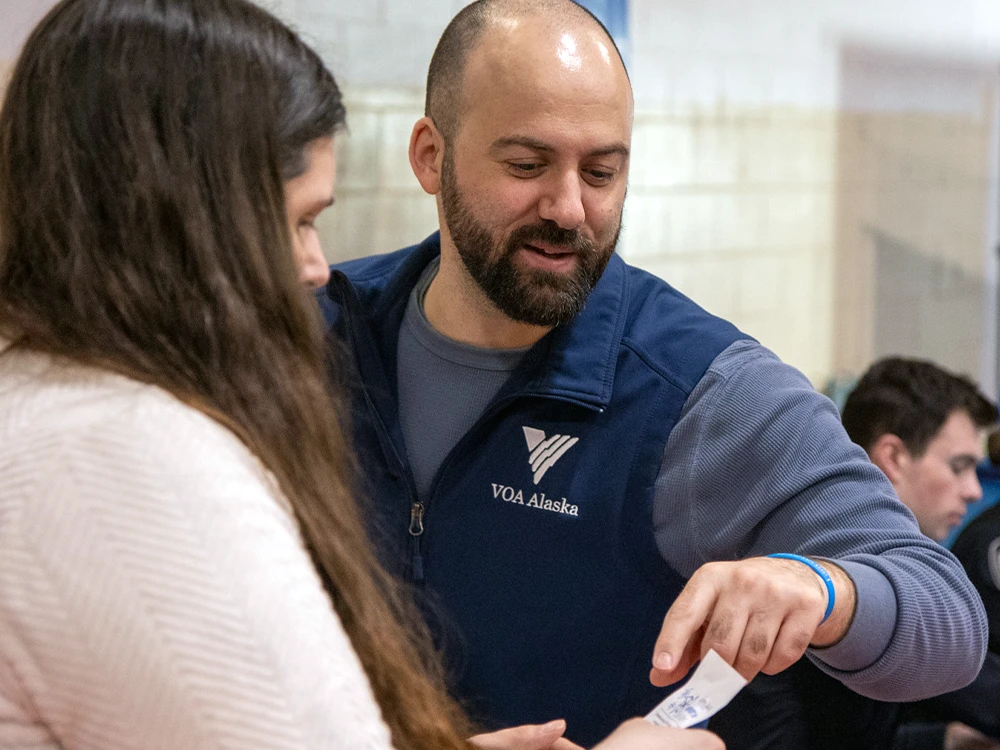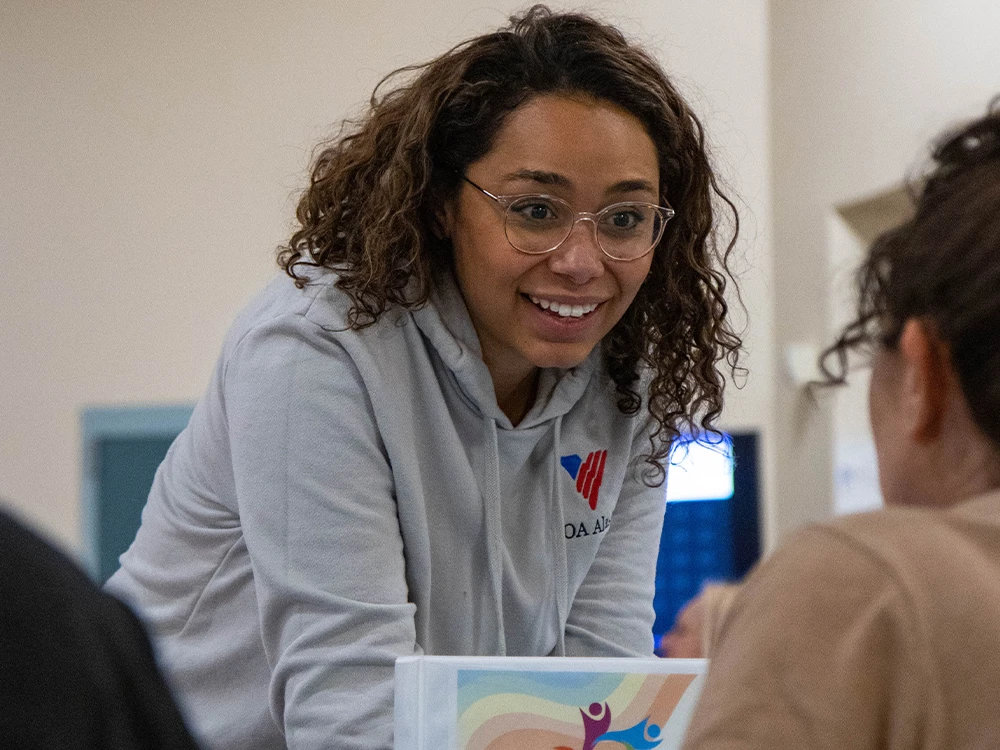April is National Child Abuse Prevention Month, a time to recognize the importance of families and communities working together to prevent child abuse and neglect. This month, we’re highlighting the Strengthening Families framework, which presents five protective factors for building healthy and strong families. In a series of blogs, we’ll be looking at each factor and sharing tips and inspiration for how to put these factors into practice.
The fifth Protective Factor is social and emotional competence of children, which Strengthening Families describes as “family and child interactions that help children develop the ability to communicate clearly, recognize and regulate their emotions, and establish and maintain relationships.” The social and emotional competence of children has unlimited potential—they are always learning ways to manage their feelings and interpersonal connections.
This factor is important for preventing child abuse, because the better a child can express themselves, the easier it is for them to ask for help when they need it. In working with children for years, I’ve seen them learn more complex skills than most adults think is possible. When kids learn to self-regulate and understand not only their emotions but the emotions of others, they set a foundation of intentional interpersonal interactions for the rest of their lives.
Parents and caregivers can build this factor within their families by role modeling their own social and emotional competence. Talking about your own feelings and interactions—ones that go well and ones that don’t—can be effective in instilling social and emotional competence in children. Identifying when you didn’t handle something so well, and really acknowledging when you did, can help kids understand and build their own competence in these skills. Don’t forget to recognize your child’s growth in these areas. Even something as simple as “I really appreciated that you tried to take a deep breath when you were upset” makes a difference.
Here at VOA Alaska, we support this factor through our therapeutic work with youth and families. In my role, I’ve seen families in support groups show a lot of empathy towards what their children are going through. They also discuss ways in which they take care of themselves and role model skills that allow their kids to observe and practice social and emotional competence.
Recently, a parent shared that sometimes they will step away when things get intense with their child to maintain their composure and give their child some space to do the same. In the past this is a skill I’ve worked with families on and seen it do wonders in creating environments for families to disagree safely and maintain an environment that’s healthier for everyone involved.
Preventing child abuse is everyone’s responsibility. We all have a role to play in protecting the children of our community and supporting resources that help build up healthy and strong families. Check out the other blogs in the series below or learn more about our range of behavioral health and support services to see how VOA Alaska can support you and your family.
The 5 Protective Factors of Strengthening Families
Knowledge of Parenting and Child Development











